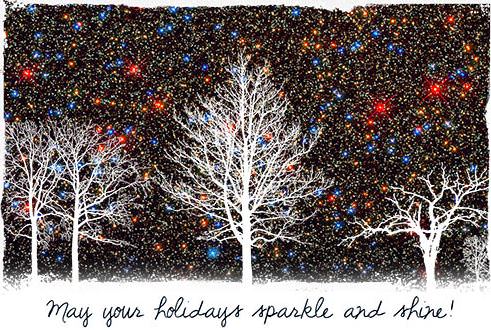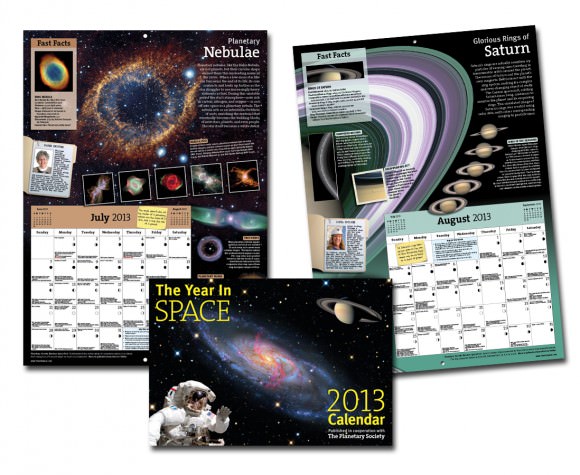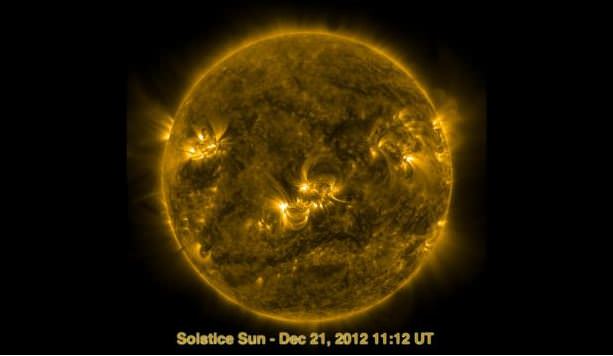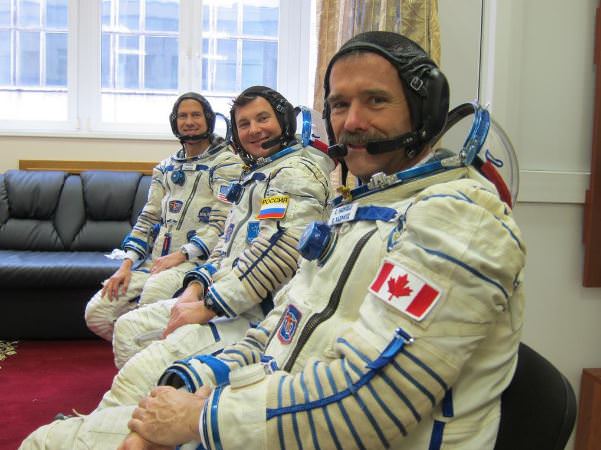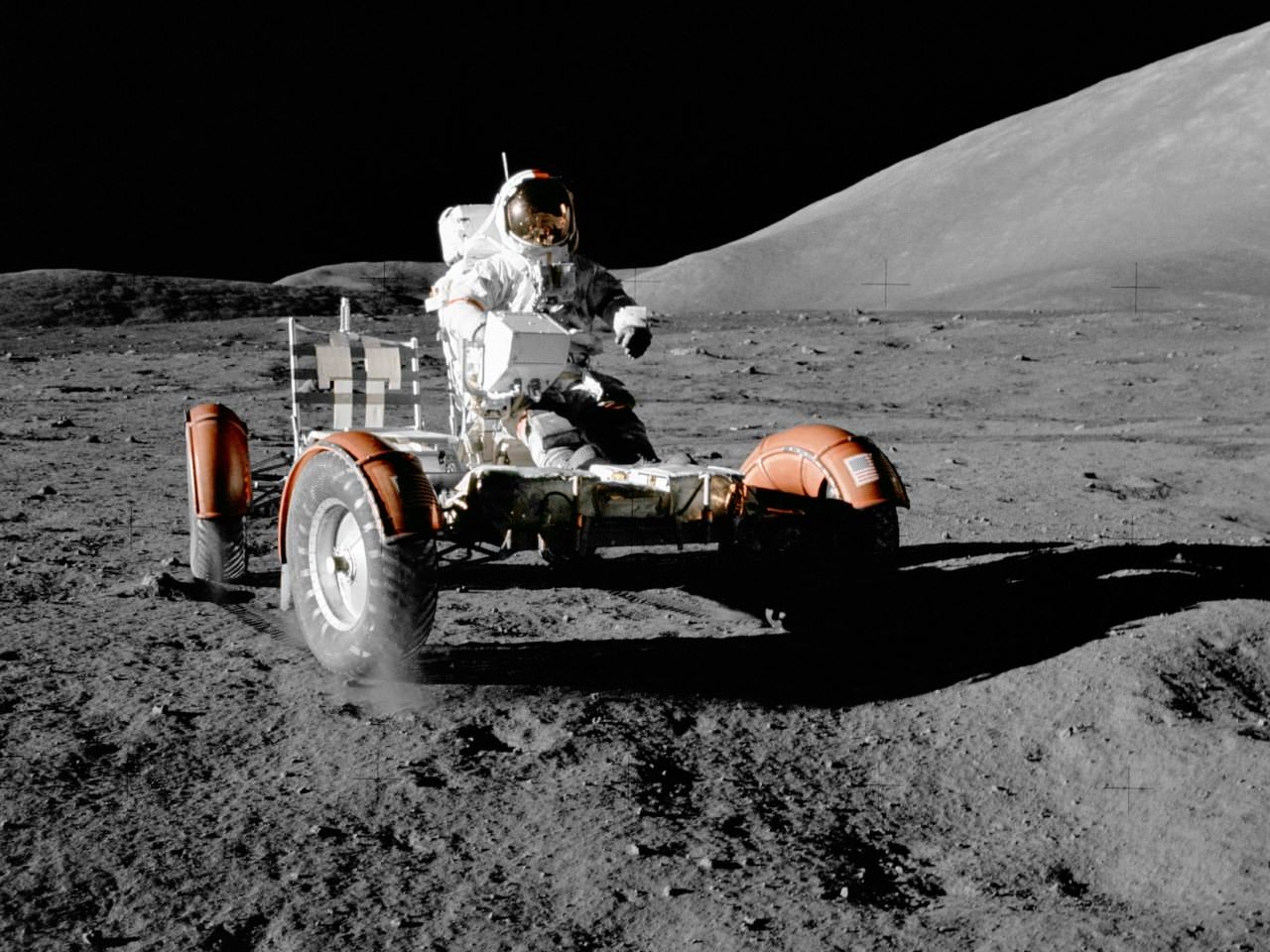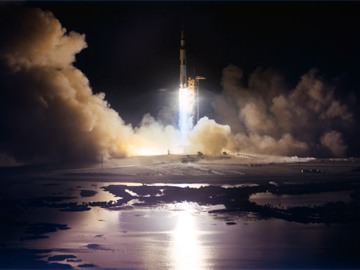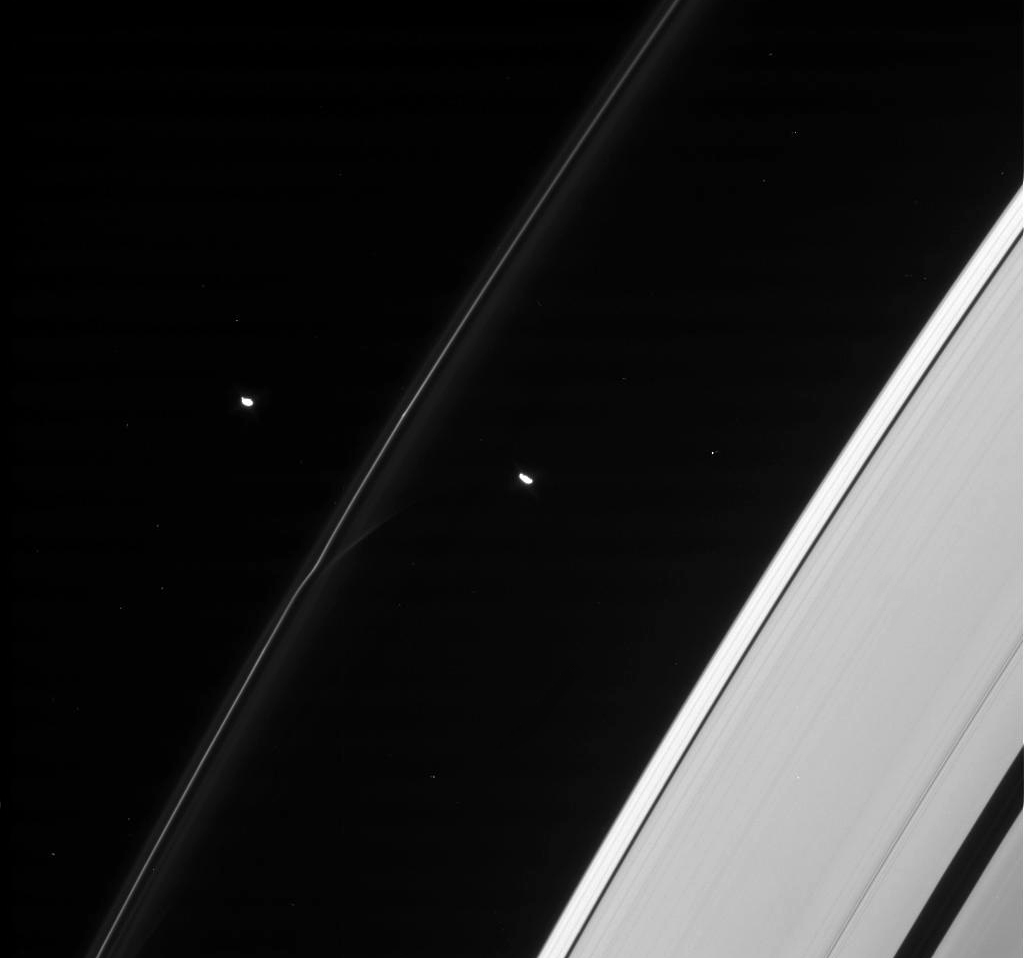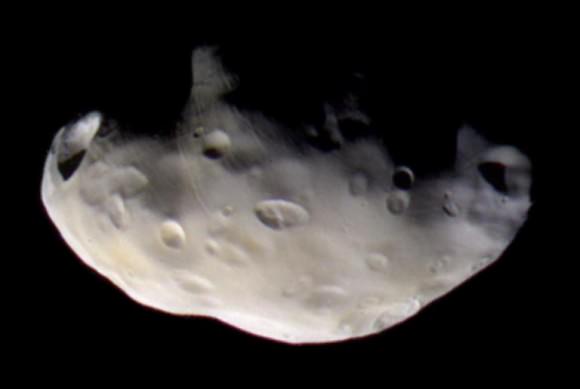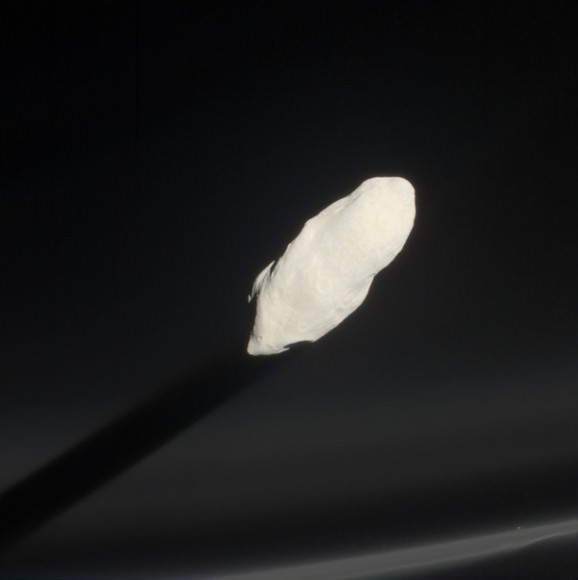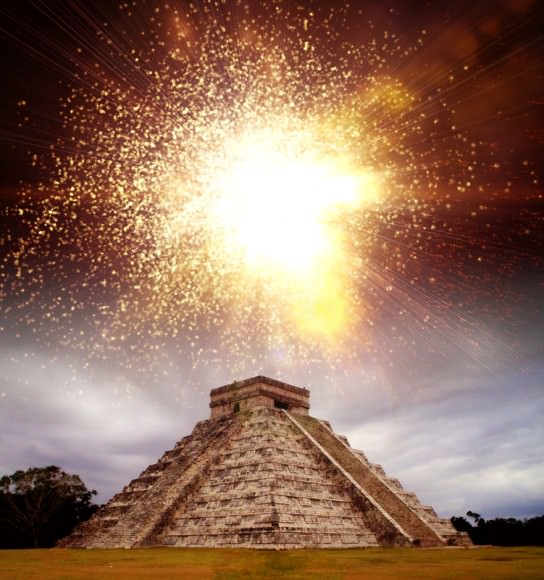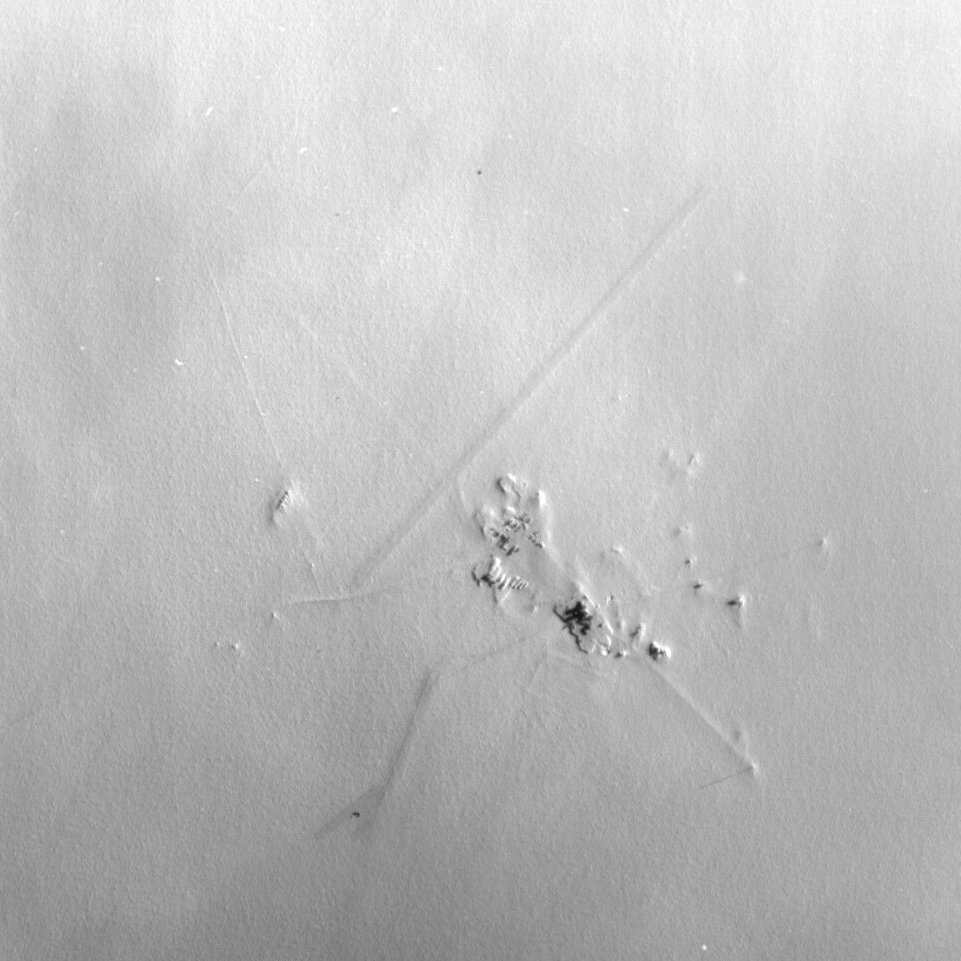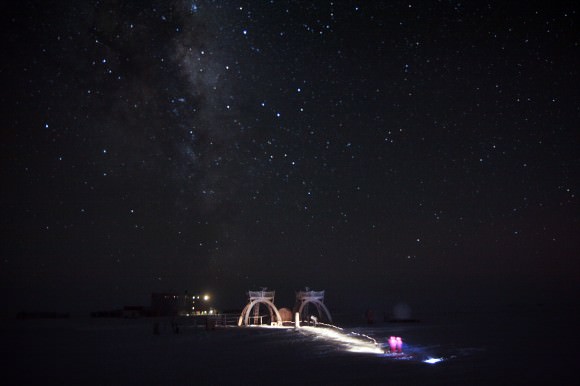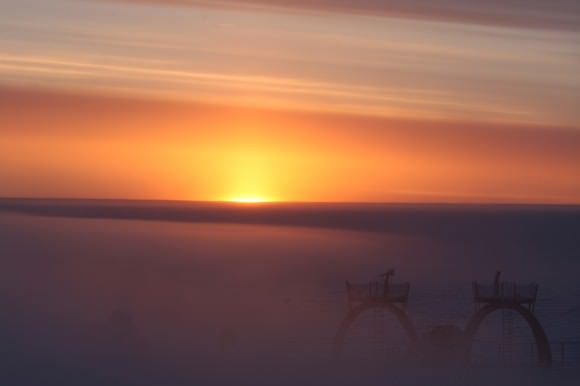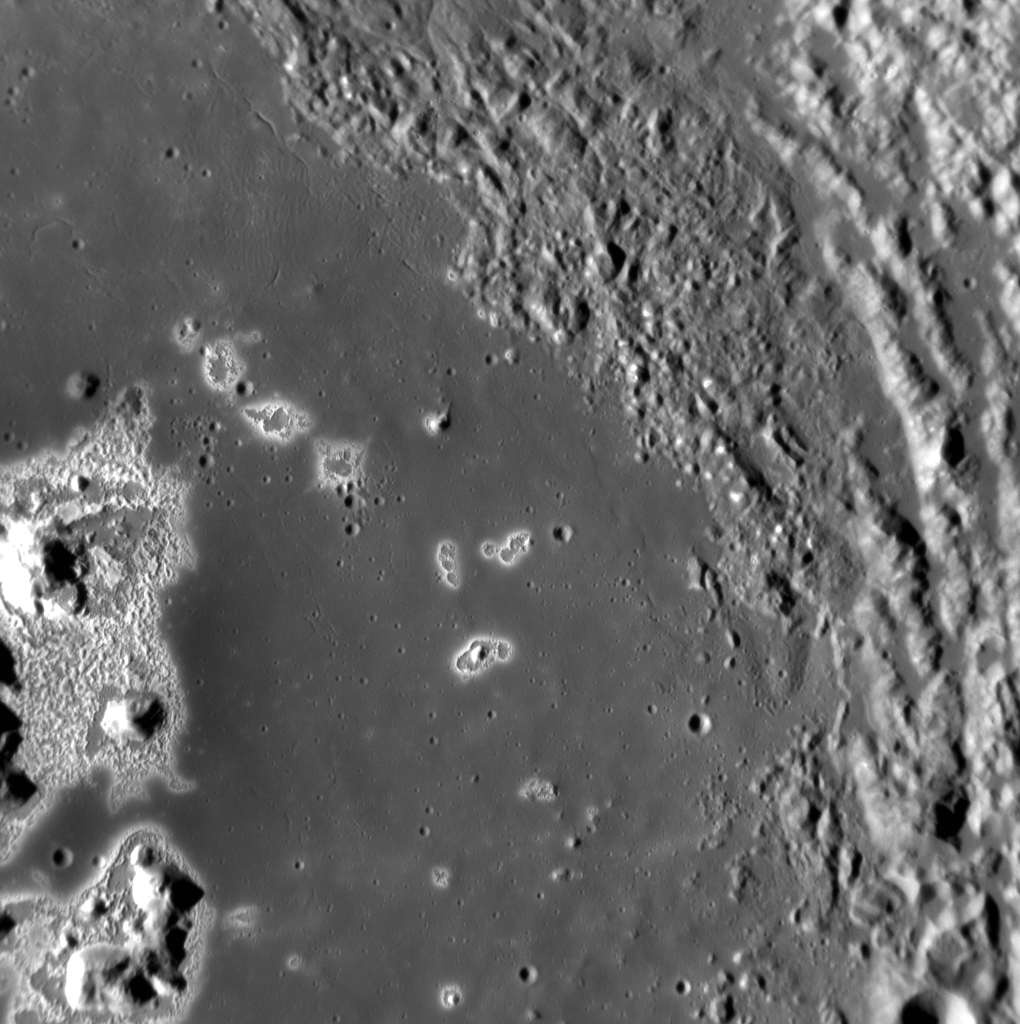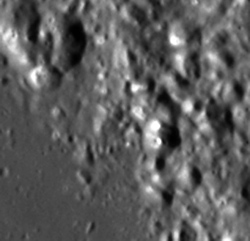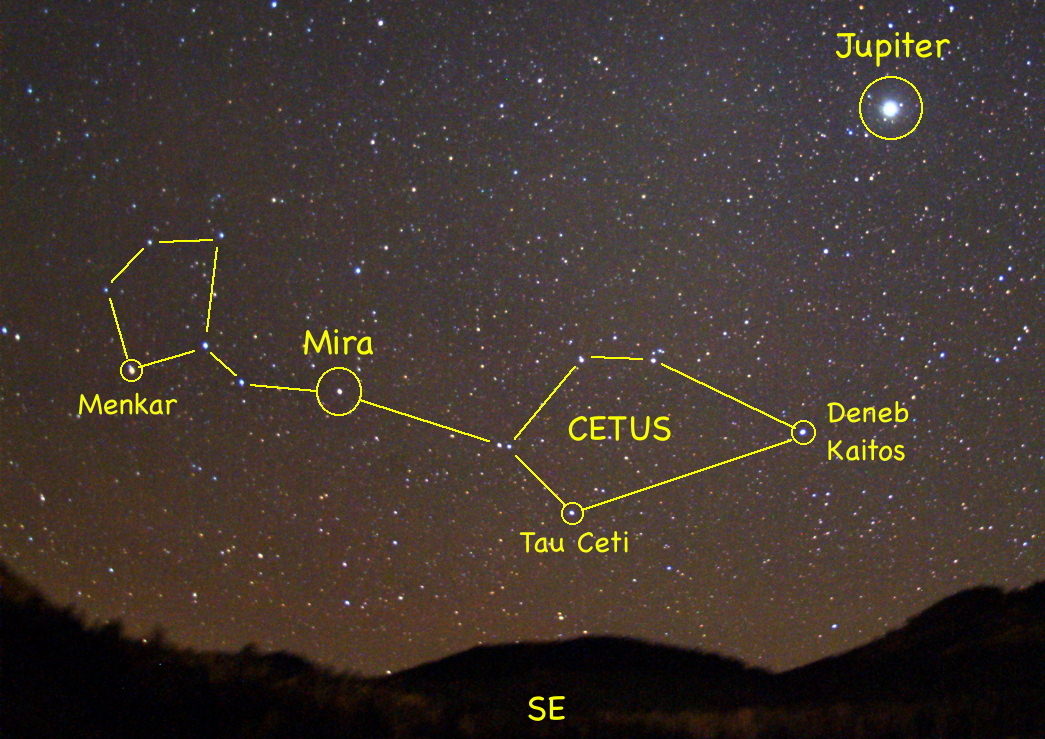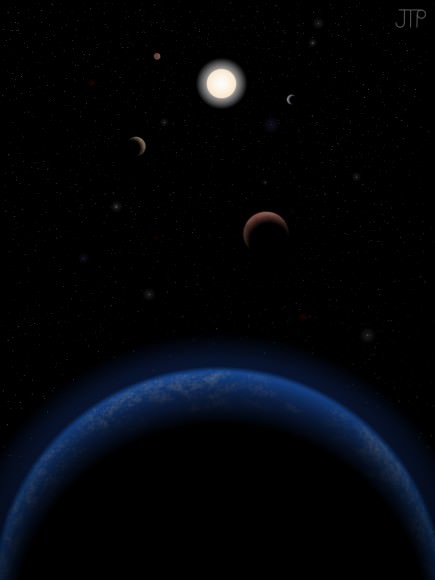A couple of years ago Universe Today writer John Williams created a card game called Hubble Star Cards, and the game won a Hubble Gold Star award in 2010 from NASA and the Institute for Global Environmental Strategies for its inspiring use of the amazing imagery from the Hubble Space Telescope. As the description says, “the vivid, stunning images motivate and engage children of all ages to learn about objects in space. Now, thanks to John, Universe Today is giving away two decks of these beautiful cards!
In order to be entered into the drawing, just put your email address into the box below before Tuesday, December 25nd, 2012. We’ll send you a confirmation email, so you’ll need to click that to be successfully entered.
Hubble Star Cards are a high-quality, stunningly beautiful printed card set that are just a bit larger than a normal card deck, at 3 inches by 5×5 inches, so the beautiful Hubble images are bigger and better.
“Hubble has a unique ability to draw the public into exploring space,” says John. “Through beautiful images of planets, star clusters, pillars of dust, and galaxies, Hubble provides a crucial stepping stone in the process of scientific inquiry. Hubble Star Cards create a hand-held experience that opens the door to new questions and answers. You can actually hold the Universe, all of creation, in the palm of your hand and have fun learning about it at the same time.”
The game includes 60 cards categorized by planets, planetary nebulae, supernovae remnants, nebulae, star clusters and galaxies. The cards include an image, a basic description, a key to the type of object, location in the sky, constellation, and distance from Earth. Possible games include War, Go Fish, Sorting, Distances and Matching. Although targeted for students 8 and older, preschoolers have played many of the games just by using the amazing imagery as a guide.
If you are not a winner, these cards sell for $24.95, but Universe Today readers can get 15% off using UNIVERSE as a coupon code. Check them out at the Hubblestarcards.com website.
We’re only going to use these email addresses for Universe Today giveaways/contests and announcements. We won’t be using them for any other purpose, and we definitely won’t be selling the addresses to anyone else. Once you’re on the giveaway notification list, you’ll be able to unsubscribe any time you like.


